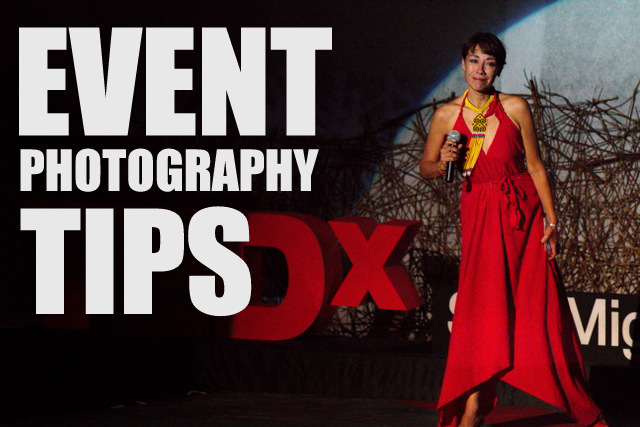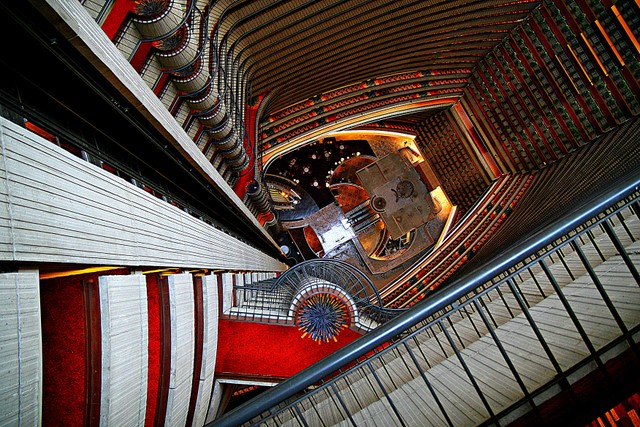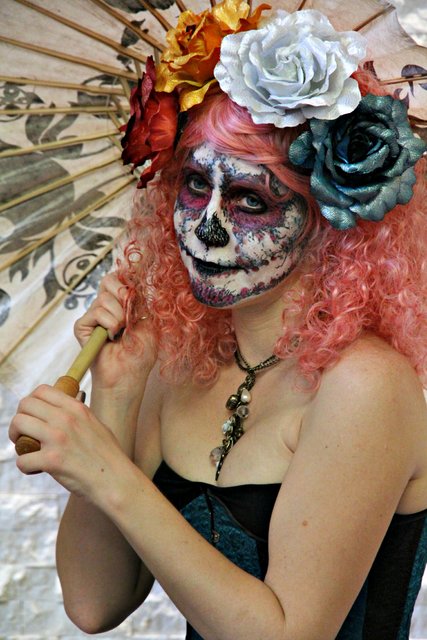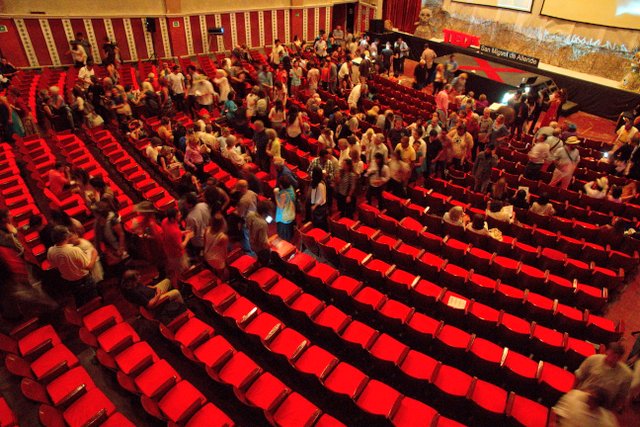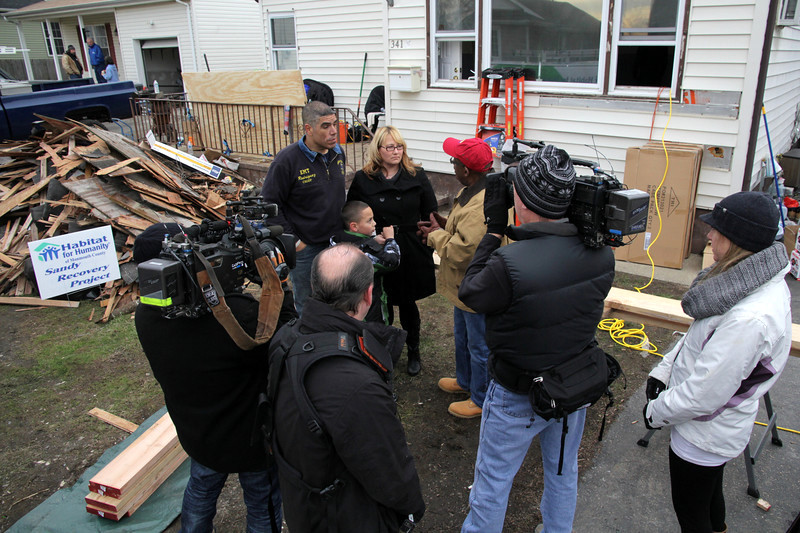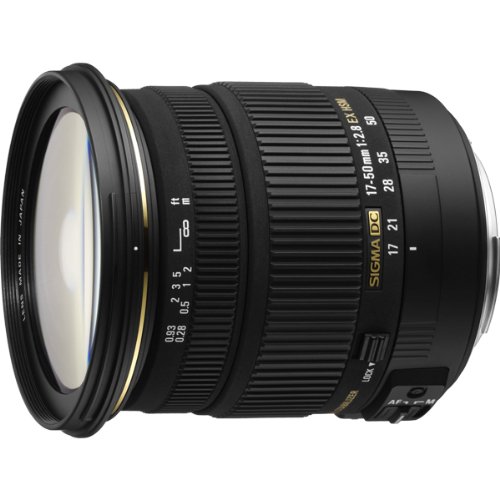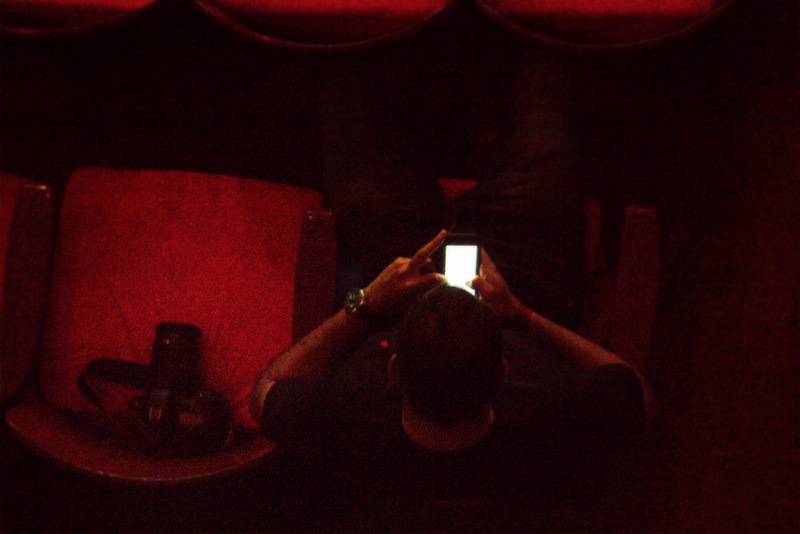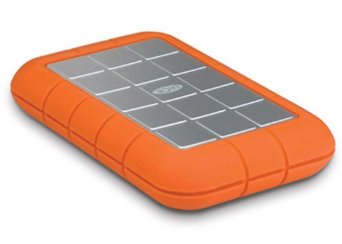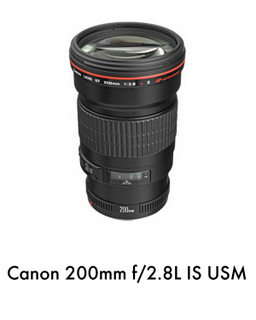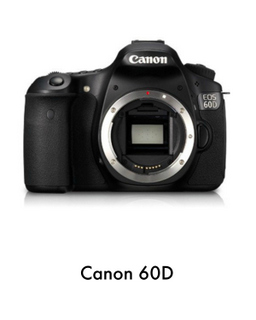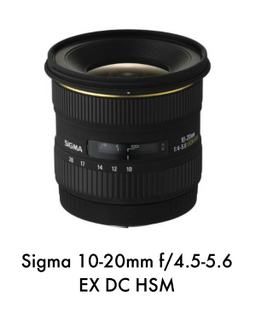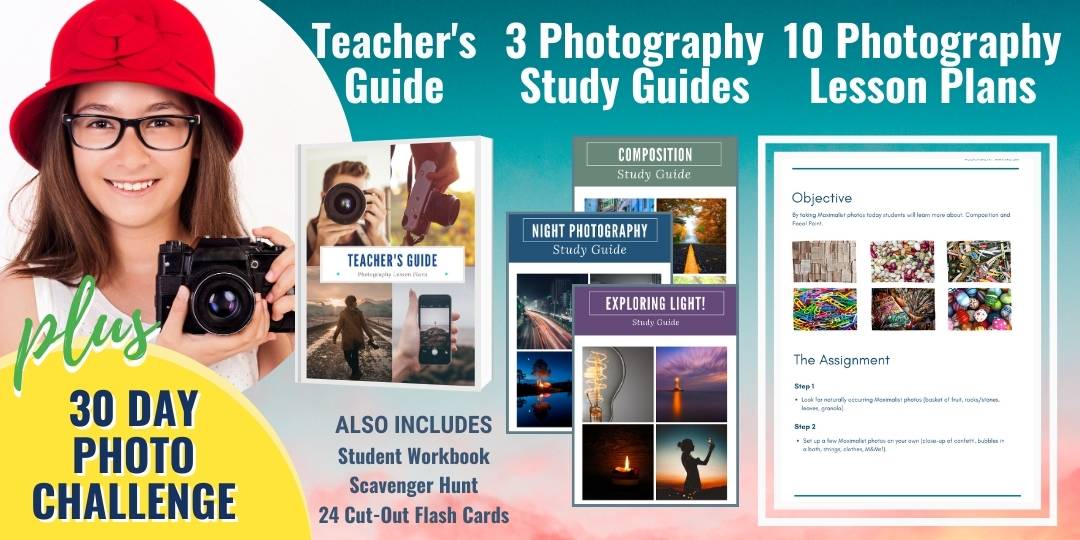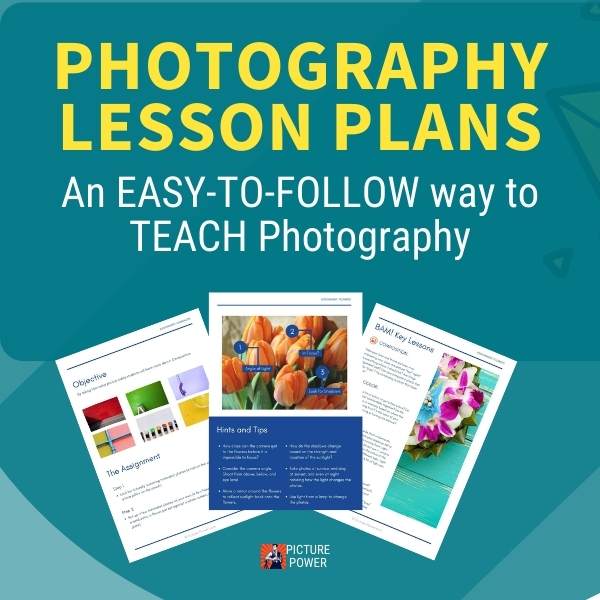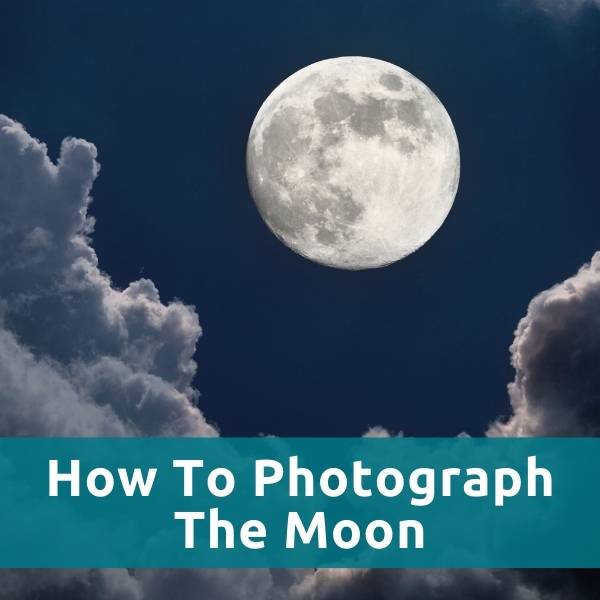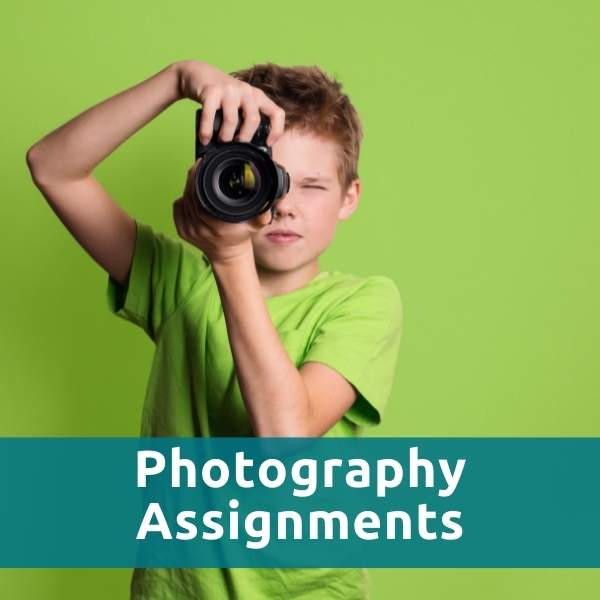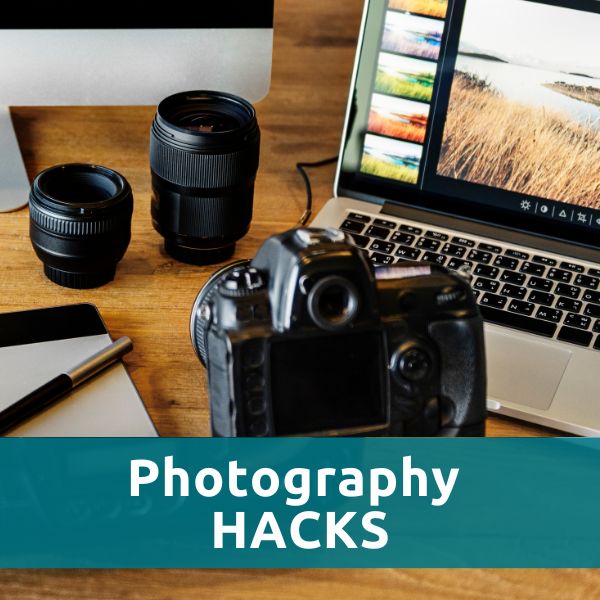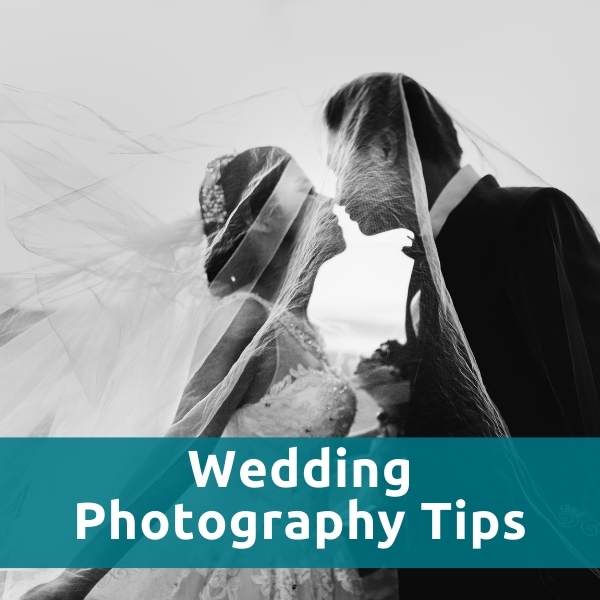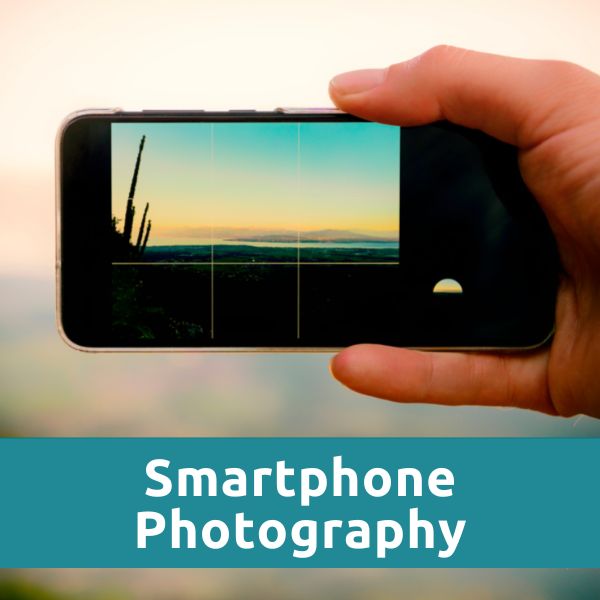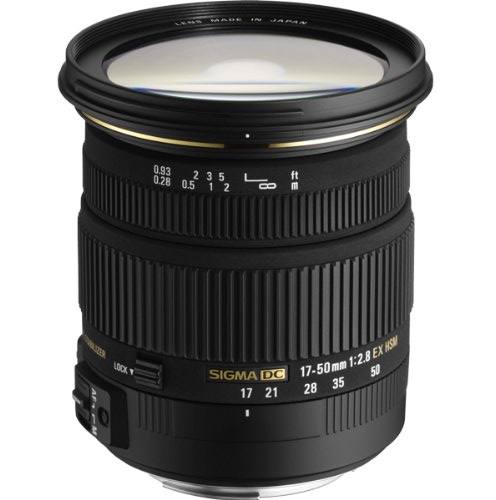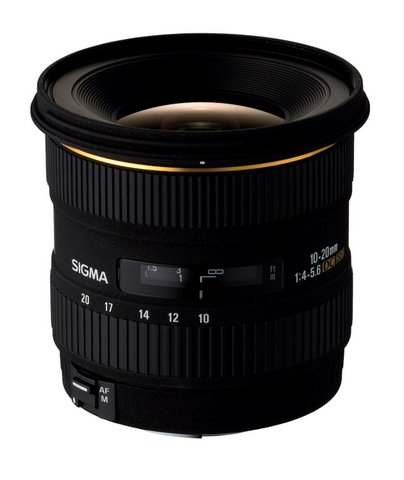10 Event Photography Tips
Telling A Story and Getting the Next Gig
By Scott Umstattd
Event Photography Tips:
Are you interested in photographing events?
Event photography covers a broad range: reunions, fundraisers, corporate conferences, volunteer days, field trips, weddings, Little League games, birthday parties, concerts, etc.
Below are 10 event photography tips that will help you capture the meaning behind any event while telling a story.
10 Event Photography Tips
1. Research
The first tip for photographing events is research.
This includes researching the venue to find the spots that will give you the best angles for your pictures.
Study how lighting will play a role by looking for large windows or large light sources. Hang out in those areas where there is great lighting.
Research the event as well.
If the event has a website, study it.
Understand where the key players, VIPs or main events will take place. Being prepared is key!
2. Ask What Is Needed
If you are being hired to cover an event, ask questions of those who have hired you.
Don't just take the job and think that they will be happy with whatever you provide.
Ask them if they want a certain style of picture.
Find out if there is one picture that you must get.
Ask them if you will be given credentials that allow you to move beyond barricades.
Ask them how they want you to deliver the pictures.
Don't be afraid to ask questions. In many regards the event organizers will think better of you because you showed the foresight to ask.
3. Have A Game Plan
Before you go to the event, develop a game plan. Event photography is like sports. You can control some things but many things are outside of your control.
How you prepare ahead of time will be critical in how you react when things begin to unravel. And they will unravel. But that is what makes event photography exciting.
This is not studio photography where everything is under your complete control.
Having a game plan will help to keep your head focused during those times when nothing seems to be going as planned.
4. Prepare To Deviate From Your Plan
Having a plan is only part of the mental preparation.
Be prepared to change your approach and your priorities at a moment's notice.
Remember, you are covering a live, unrehearsed event, nothing is guaranteed to go as planned.
If you see something unexpected happening be ready to move to another area of the venue to get a better angle. If you have done your research, you will already know where the best positions are located.
5. Arrive Early And Start Playing
Make things easier for yourself and get to the venue well ahead of the scheduled time.
You can use this time to research the venue to find the best vantage points and you can begin to get your camera's exposures properly set prior to game time.
Begin taking pictures as soon as you arrive. If no one is in the lobby of the hotel or there are a lot of empty seats or the staff is still running around making last minute adjustments these pictures will help in your telling of the story of the event. You can show your client pictures with empty seats and pictures with all of the seats filled. You never know how your client will make use of your pictures. Give them everything they need (and may need) to share their event with the public.
Just as athletes warm up before a game, you are using this time before the event begins to warm up as well so that when the lights turn on you are already loose and in the groove of things.
6. Be Professional
As you make your way around the event, don't make a spectacle of yourself. Flow in and out of conversations.
Don't demand that people pose or behave a certain way. You are not there as a movie director demanding certain results. It should go without saying, but I'll say it anyway, be nice, courteous and respectful of those you photograph.
If you are hired to take pictures you are representing your client's interests as well as your own. If you want to get another gig from them, don't embarrass them by demonstrating that they made a bad decision to hire you. Their butt's are on the line too.
7. Wide. Medium. Tight.
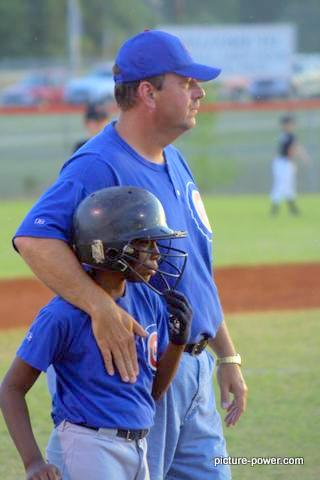
Don't take every shot from the same perspective.
Be sure to caption wide, medium and tight shots from the event.
Wide shots will help to lay the groundwork and show the event in it's entirety.
Medium shots allow viewers to get a little closer to the action to better understand what is going on. And tight shots show the details of the event.
Take pictures with these three approaches in mind and you will add more texture to your story.
If you are at a Little League game, for example, take pictures from behind each dugout.
Go to the outfield fence and take pictures.
Move around.
Look for the details that normal people overlook.
Show the kids sitting in the dugout talking.
Show the parent's reactions to the game.
Don't forget the umpire (they're people too). In the photo above, I was able to capture a nice moment between a player and his coach.
Remember, part of your job is to tell a story with your pictures.
By standing on a chair for the picture above I was able to add a small, yet powerful, element to this picture.
By ensuring that the Habitat for Humanity logo was present in this picture, it served to let viewers know exactly where this news crew was.
What you may not be able to clearly see in this picture is that the person interviewing the couple is Al Roker from the Today Show. You can see more pictures of Habitat for Humanity's Hurricane Sandy recovery efforts and the coverage provided by the Today Show.
8. Bring The Right Gear
If you are doing event photography, you are probably using a DSLR camera. Using a mid-range zoom lens with a wide aperture is a great place to start. A lens like the Sigma 17-50 f/2.8 EX DC OS HSM will give you a nice zoom range and the ability to take pictures in low light.
And, bring a lens that is designed for low light photography. I always have my Canon 50mm f/1.8 II with me. It is a small lens that performs very well in low light and its focal length is great for taking group shots and portraits of event attendees.
Another great lens that I use for events is the Canon 200mm f/2.8L USM. I love this lens because it gives me f/2.8 at 200mm. It's half the size and cost of the Canon 70-200mm f/2.8L IS USM. A 200mm focal length will allow you to get in much closer and often at events you won't have the luck or option of being close to the action.
If you are using a flash, avoid using your camera's flash. The built in flashes will direct light directly onto your subjects' face. This direct light creates a flat look that is often unflattering. And quite frankly, it looks amateurish.
Your best choice for a flash will be an external flash. Be sure to swivel the head of the flash so that you are not pointing the light directly at faces. Use walls or low ceilings to bounce light onto your subjects.
I use a Yongnuo YN560 IV Speedlight with two Yongnuo RF603C remote triggers. The remote triggers open a lot of possibilities in event photography. With them you can take your external flash off the camera and place it where you want it. The Yongnuo set is affordable and does a very good job.
Finally, bring an extra camera. Any camera. Who knows, you may need it.
9. Take Unique Pictures
You have been hired, in part, because your client knows (or has heard) that you have a unique eye. Truth is, anyone (ok, almost anyone) can point a camera at a presenter, press the shutter and get a good picture.
Great photographers know how to find the best angles or locations to get a picture that average photographers can't or don't want to find.
Present your client with some pictures that let them know you were working hard to give them something interesting to share. For example, the picture above was taken during a presentation discussing the personal detachment that results from our overly connected digital world.
From my perch on the second floor of the theater I could see that a number of people were acting in just the way the presenter was trying to warn them about. Ironic indeed.
10. Back Up and Deliver
As soon as you get home, back up your pictures. Having a second copy may never be needed, but if you lose your pictures or if they become damaged on your computer you will be glad you have copies.
The next thing to do is quickly edit and deliver your pictures. Odds are your client wants the pictures within the next day or two. Don't make them wait. They want to use your pictures in their marketing efforts and posting pictures a few weeks after the event won't do them any good.
Bonus Tip: Your Rights To Your Pictures
This goes back to the beginning when you are asking questions of your client.
Make sure it is understood who owns the pictures that you take.
In most cases, your client will not mind if you use your pictures as part of your portfolio. But don't assume. If necessary, get this in writing so that everyone is clear about who owns the pictures and how the pictures can be used after the event.
This would also be a good time to make sure you are given credit as the photographer in any pictures that they post online or use in their magazines or marketing efforts.
Download a Photography Services Agreement from Legal Zoom.
Event Photography Tips - Conclusion
Event photography offers photographers a chance to earn a living practicing their trade.
Every event is as different as the client that has hired you. Beyond providing excellent pictures, how you present and handle yourself throughout the entire process will have a big impact on whether or not you are hired again. And beyond that, it will play a key role in whether or not you are recommended to other event organizers.
Event photography can sometimes be incredibly boring. And it can be filled with excitement and challenges that force you to think and act quickly.
Here's a quick rundown of what was covered in this article.
- Do your research.
- Ask questions.
- Have a game plan.
- Prepare to deviate from your game plan.
- Arrive early and begin by playing.
- Go unnoticed.
- Wide. Medium. Tight.
- Bring the right gear.
- Take unique pictures.
- Back up and deliver.
- Know your rights.
